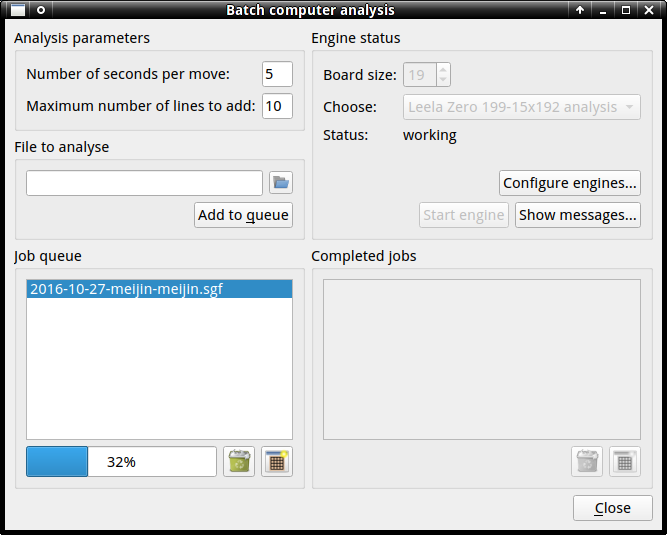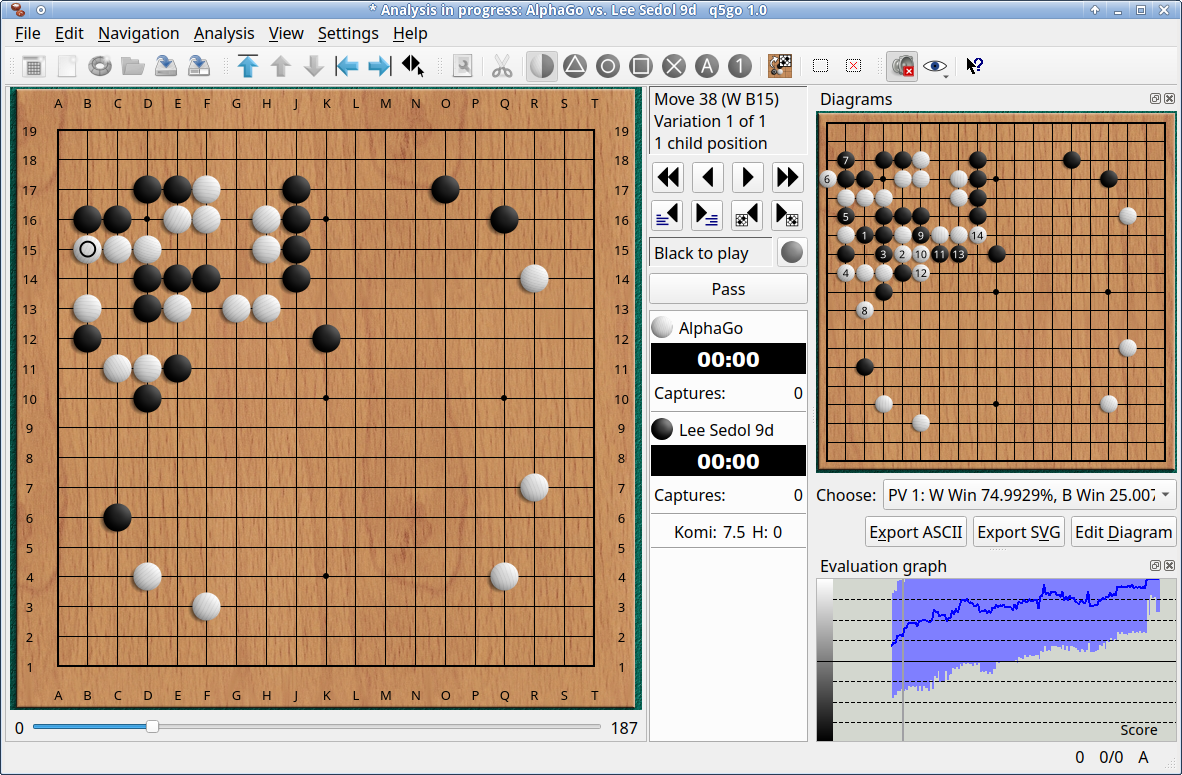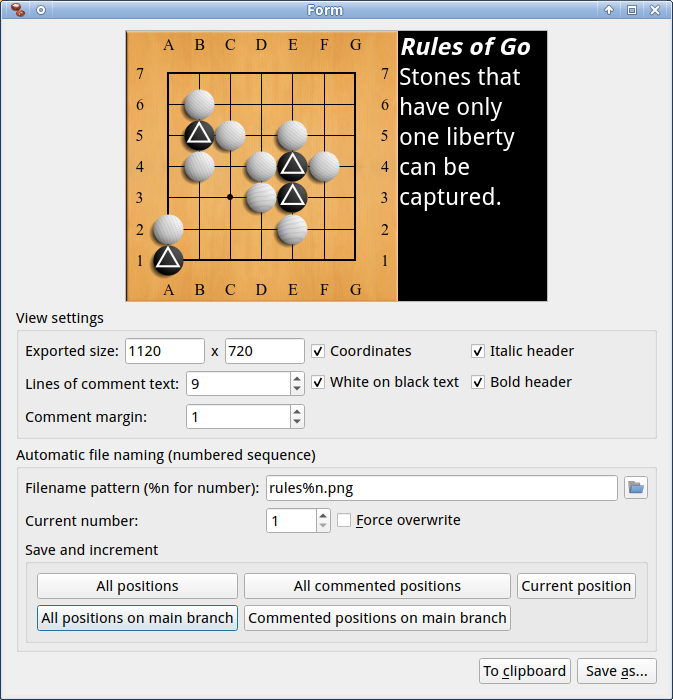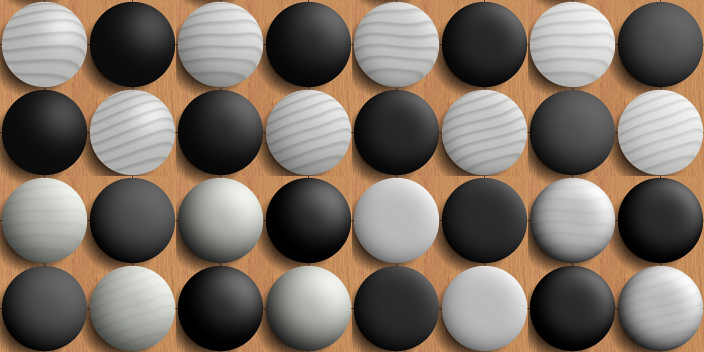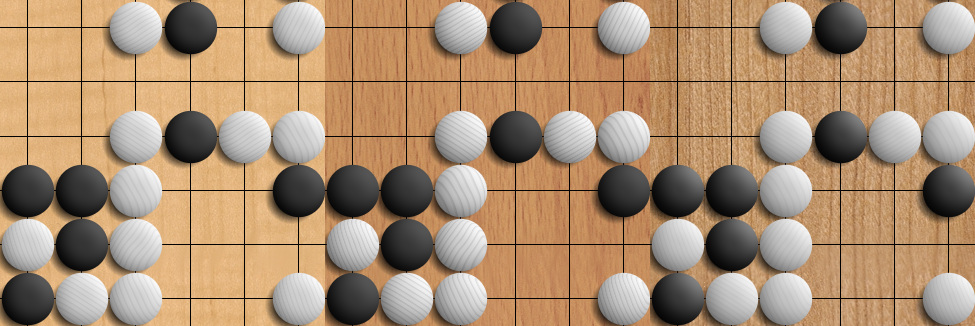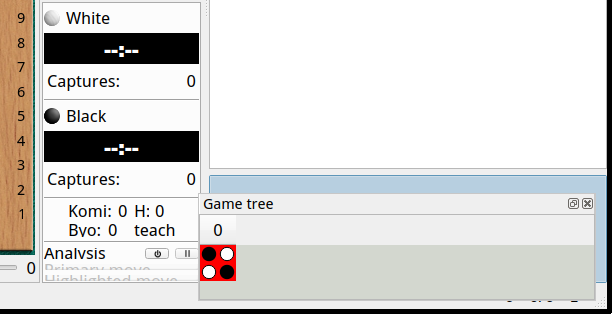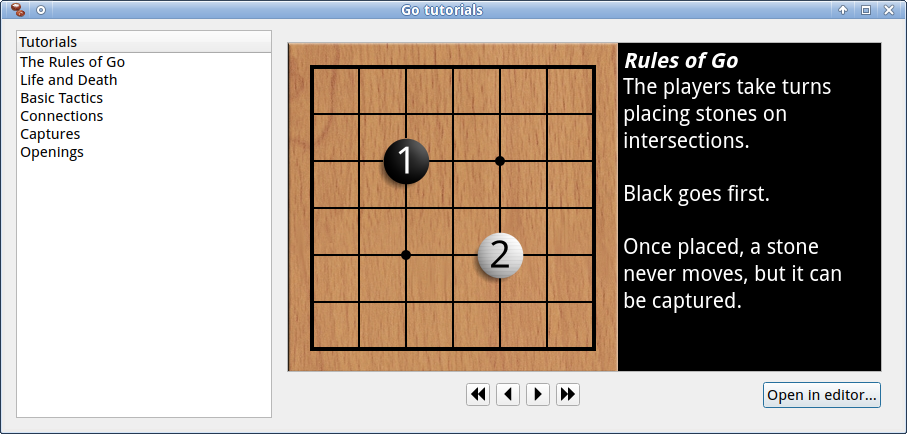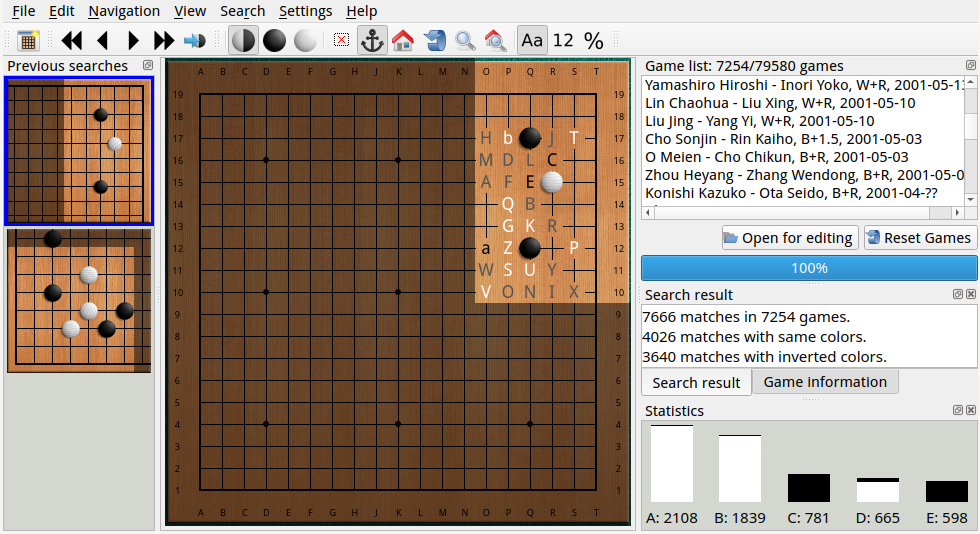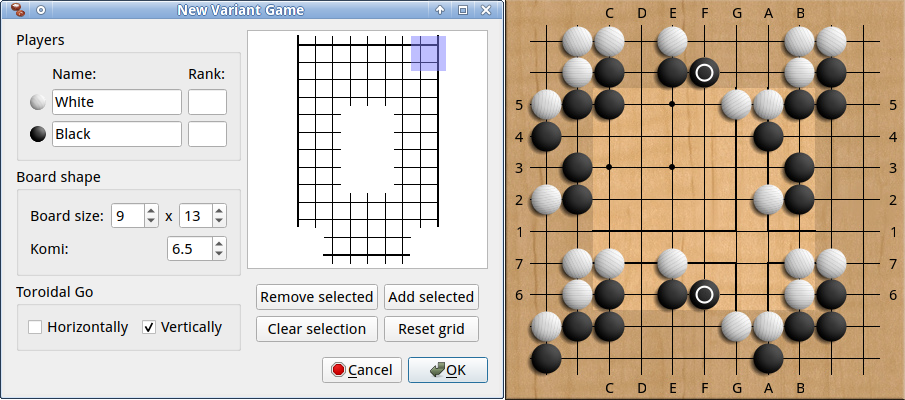This is a tool for Go players which performs the following functions:
- SGF editor
- Analysis frontend for KataGo, Leela Zero or compatible engines
- Pattern search and game info search in a database
- GTP interface
- IGS client
- Export to a variety of formats
The basic goal for this program is to provide an everyday SGF editor that is fast, easy and convenient to use and does everything you could want out of such a tool. Some of the more unusual features include a Go diagram exporting function for sites like lifein19x19.com or Sensei's library, as well as SVG vector graphics or slide export. q5go also supports some non-standard Go variants. For beginners, tutorials that explain the rules and basic tactics are included.
This program is based on the old Qt3 version of qGo, but ported to Qt5 and modernized.
These are the major user-visible changes in 2.0:
- Pattern search is now available, similar to Kombilo. Use the settings dialog to create a suitable database. Unfortunately existing Kombilo databases can't be used for this because of 32/64 bit compatibility issues.
- Database load times are reduced, and threading was added so that the user interface remains responsive.
- Multiple online games can now be observed in a single window with clickable previews to switch between them. The old mode of one game per window is still available.
- There is a new "Tip of the day" dialog on startup, which displays features that are maybe not easily discoverable. It can be disabled.
- There are several new high resolution wood textures for the board to choose from.
- When playing engines that are capable of analysis, the evaluation is now collected during the game and can be displayed live.
- Engine configuration now allows engines to be unrestricted in board size and komi, catching up with improvements in KataGo over Leela Zero.
- Some GTP bugs were fixed, which may improve compatibility with certain engines.
- Window titles can now be overriden in the settings, which should help with streaming setups.
- Performance improvements for the screen updates should now make it feasible to turn off quiet mode when online, which allows the server to send live player and game updates.
- There is a new option to highlight the user's own chat messages in a different color.
See VERSION_HISTORY for a history of changes.
q5Go supports not only play against AI engines, but can also connect to KataGo or Leela Zero to use it as an an analysis tool, displaying statistics such as win-rates, scores (when using KataGo), and visit counts, and displaying variations. This is available both for local SGF editing, and for observing on-line games. By middle-clicking or shift-clicking on a displayed variation, it can be added to the game record.
There is also a batch analysis mode, where the user can queue a number of SGF files for analysis. Evaluations and variations are added automatically, the variations are presented as diagrams. The file can be observed during analysis.
It is possible to run analysis with multiple engines, or with different komi values. q5go keeps track of these separately and displays multiple evaluation graphs.
q5Go allows the user to export board positions as ASCII diagrams suitable for Sensei's Library or the lifein19x19.com forums, or in the SVG vector graphics format which should be suitable for printing. In both cases, the user can select a sub-area of the board to be shown in the export, and it is possible to set a position as the start of move numbering, so that sequences of moves can be shown in the exported diagram.
Another option is slide export; this produces images of a fixed size containing both the board and the comments. The user can specify a filename template, saving diagrams can then be automated: at each step, the pattern "%n" in the template is replaced with an incrementing diagram number.
It is possible to set a game position as the start of a diagram. This is has several use cases:
- Subdividing a game record into printable diagrams. Figures can be exported to ASCII and SVG, in whole or in part, just like regular board positions.
- Allowing variations to be shown in a separate board display
- Neatly organizing engine lines when performing an analysis
The look of the board and stones can be configured to suit the user's personal taste. The stones are generated in a shaded 3D look, and both the shape and the lighting can be changed.
There are several presets for the wood image, and the user can also supply a custom file.
All optional elements of the board window reside in freely moveable and resizable docks, giving the user flexibility to create exactly the layout they want. These layouts can be saved and restored, and the program tries to restore the correct layout whenever a new window is opened.
Choosing "Learn Go" in the greeter window brings up a window with a selection of beginner tutorials, covering topics such as the basic rules, life and death, captures/connections and the opening.
q5go can access a Kombilo database and search it by player name or game event or date. This functions as an alternative file open dialog with preview functionality.
q5go also has a pattern search feature similar to Kombilo. However, it does not use Kombilo's file format due to some technical issues which could lead to user confusion. So you need to first create a new DB in each directory using the settings dialog; afterwards you will be able to use pattern search.
q5go supports rectangular and toroidal boards. Note that the latter can only be saved in a non-standard SGF format since the specification does not allow for it. When playing on a torus, q5go can be configured to show a larger area than the actual board dimensions, duplicating parts of the position for a better overview. Also, the board can be dragged with the middle mouse button.
In addition to that, it is possible to set up a board with some of the intersections removed.
The screenshot shows the variant game dialog and a (different) position with both axes set to be toroidal.
It is possible to override window titles in the preferences, which should make it easier to capture them with a tool like OBS. When observing multiple games online, there is the option of showing all the games in a single window with previews in a selection pane.
On Linux, make a build subdirectory, enter it, and run
qmake ../src/q5go.pro PREFIX=/where/you/want/to/installfollowed by make and make install. If the pandoc tool is installed, this README.md file will be converted to html and installed, and can then be viewed through a menu option.
On Windows, download the Qt tools and import the q5go.pro project file into Qt Creator.


